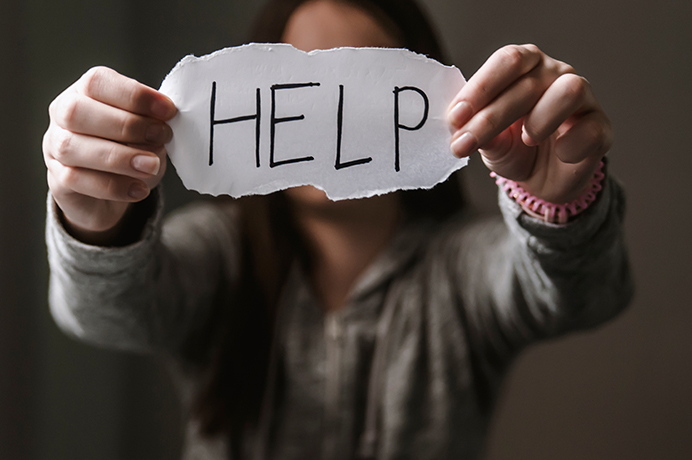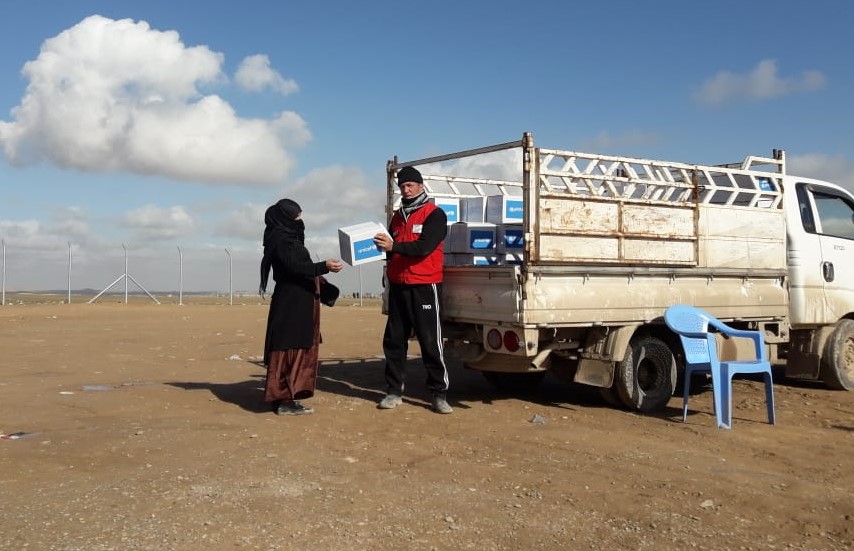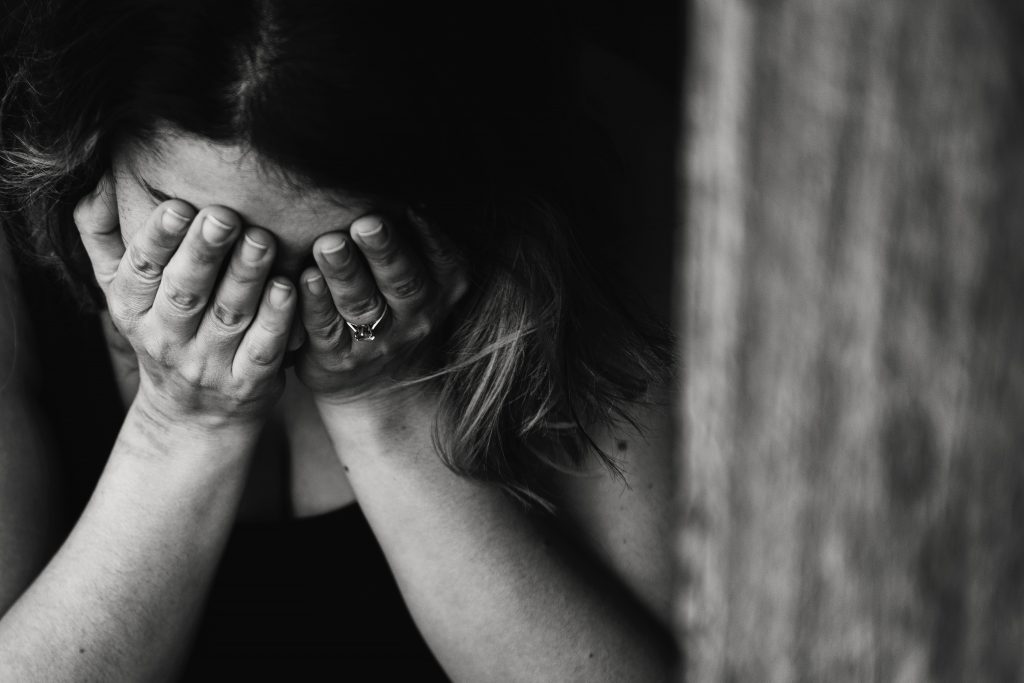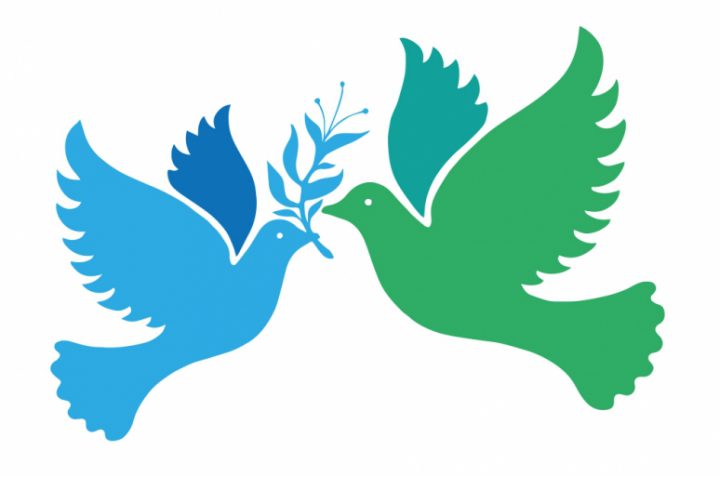Contributions to this campaign will help support WRO provide SGBV prevention and responce support services including specialized mental health care, psycho-social support, case management, legal support, awareness raising, and referral services for women, men, girls and boys who have experienced or at risk of experiencing SGBV.
We’re excited to continue providing help directly to those who need help the most and continue contributing meaningful positive change.
GBV Facts & Stats
Intimate Partner Violence
-
Worldwide, almost one third (30%) of women who have been in a relationship report that they have experienced some form of physical and/or sexual violence by their intimate partner.
-
Women who have suffered from intimate partner violence are more likely to give birth to a low-birthweight baby, have an abortion, and experience depression.
-
Some national reports show around 70 percent women experiencing physical and/or sexual violence in their lifetime from an intimate partner.
-
Of the women killed in 2012, almost half were killed by an intimate partner or family member.
-
In all countries with available data, current and/or former intimate partners are the most commonly reported perpetrators of physical violence among ever-married girls.
Sexual Violence & Violence Against Women
A UNICEF study estimated that around 120 million girls under the age of 20 (about 1 in 10) have been subjected to forced sexual intercourse or other forced sexual acts at some point of their lives. Boys also report experiences of sexual violence, but they do so to a lesser extent than girls; in high income countries girls typically report lifetime rates that are three times higher than those for boys.An estimated 150 million girls under the age of 18 suffered some form of sexual violence in 2002 alone.
-
In some cases, violence against women can lead to death; about two thirds of the victims of intimate partner/family-related homicide are women, in contrast to all cases of homicide, of which 20% of the victims are women.
-
Violence against women also incurs significant economic costs, both direct and indirect. Direct costs include those associated with the police, hospital and other health services, legal costs, and costs associated with housing, social and support services. Indirect costs include those related to reduced employment and productivity and the diminished value of a life lived with violence.
-
Worldwide, 35 percent of women have experienced either physical or sexual intimate partner violence or non-partner sexual violence as of 2013.
-
Of the 20.9 million victims of forced labor worldwide, 55 percent are women and girls and 98 percent of these women are sexually exploited.
-
Women in urban areas are twice as likely as men to experience violence, especially in developing countries.
-
Women who experience violence are:
-
Twice as likely to experience depression;
-
Almost twice as likely to have alcohol use disorders;
-
16 percent more likely to have a low birth-weight baby;
-
-
Worldwide, up to 50% of sexual assaults are committed against girls under 16 years of age.
-
The WHO identifies the following as causes and risk factors of gender-based violence; traditional gender norms that support male superiority and entitlement against perpetrators, harmful use of alcohol, weak legal sanctions, drug, poverty, and high levels of crime and conflict in society.










